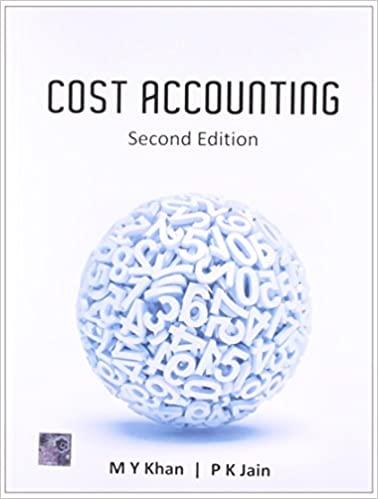Answered step by step
Verified Expert Solution
Question
1 Approved Answer
QUESTION 2 3 QUESTION 2 5 You make a sale of soybeans to a processor at - 1 0 JAN for immediate delivery. It is
QUESTION QUESTION
You make a sale of soybeans to a processor at JAN for immediate delivery. It is currently December and you have no
ownership of beans at this time but you do have beans in inventory that you have title to under the terms of a price later
agreement.
You ship these beans from inventory to fill the sale you have made to the processor. The producers who you have the
price later contracts with may set the price at anytime between now and next harvest at your elevator's current posted
spot price.
Having made and delivered this sale without having the bushels priced by the farmer, which of these circumstances would
give you the most profitable outcome?
You prespread your sell basis from JANMAR at a inversion. Farmers price in January at a time when your buy basis is
MAR. You gain total in benefit from having the money.
You spread your sell basis from JANMAR on roll day at a carry. Farmers price in February at a time when your buy basis
is MAR. You gain c total in benefit from having the money.
You prespread your sell basis from JANMAY at a C inversion. Farmers price in March at a time when your buy basis is
MAY. You gain total in benefit from having the money.
You spread your sell basis on roll day from JANJUL at a carry. Farmers price in May at a time when your basis is JUL.
You gain total in benefit from having the money.
During harvest you accumulated a position of bushels of longthebasis corn at an average buy basis of DEC.
Considering you will carry the corn for a sale to be made later in the season, which of these circumstances would give you the most
profitable outcome? Freight excluded.
Spread DEC futures to MAR at a carry. Sell basis at MAR with a total costofcarry of
Spread DEC futures to MAY at a carry. Sell basis at MAY with a total costofcarry of
Spread DEC futures to JUL at a carry. Sell basis at JUL with a total costofcarry of
Spread DEC futures to SEP at a inversion. Sell basis at SEP with a total costofcarry of
QUESTION
You negotiate a sale with a mill in which you sell them wheat picked up at your elevator in January at a basis of MAR.
It is currently June preharvest and you have no ownership of wheat at this time.
Having made this sale without owning wheat, which of these circumstances would be your best alternative to complete this shortthe
basis transaction?
Forward contract wheat preharvest from producers for January delivery at MAR and incur no costofcarry.
Purchase wheat during harvest at SEP. Spread short SEP futures to MAR at carry. Carry wheat until January and incur
costofcarry.
Prespread your purchase of wheat from SEPMAR at carry. Forward contract wheat from producers for harvest delivery at
SEP. Carry the wheat until January and incur costofcarry.
Wait and purchase wheat in JanFeb at MAR and incur no costofcarry.

Step by Step Solution
There are 3 Steps involved in it
Step: 1

Get Instant Access to Expert-Tailored Solutions
See step-by-step solutions with expert insights and AI powered tools for academic success
Step: 2

Step: 3

Ace Your Homework with AI
Get the answers you need in no time with our AI-driven, step-by-step assistance
Get Started


